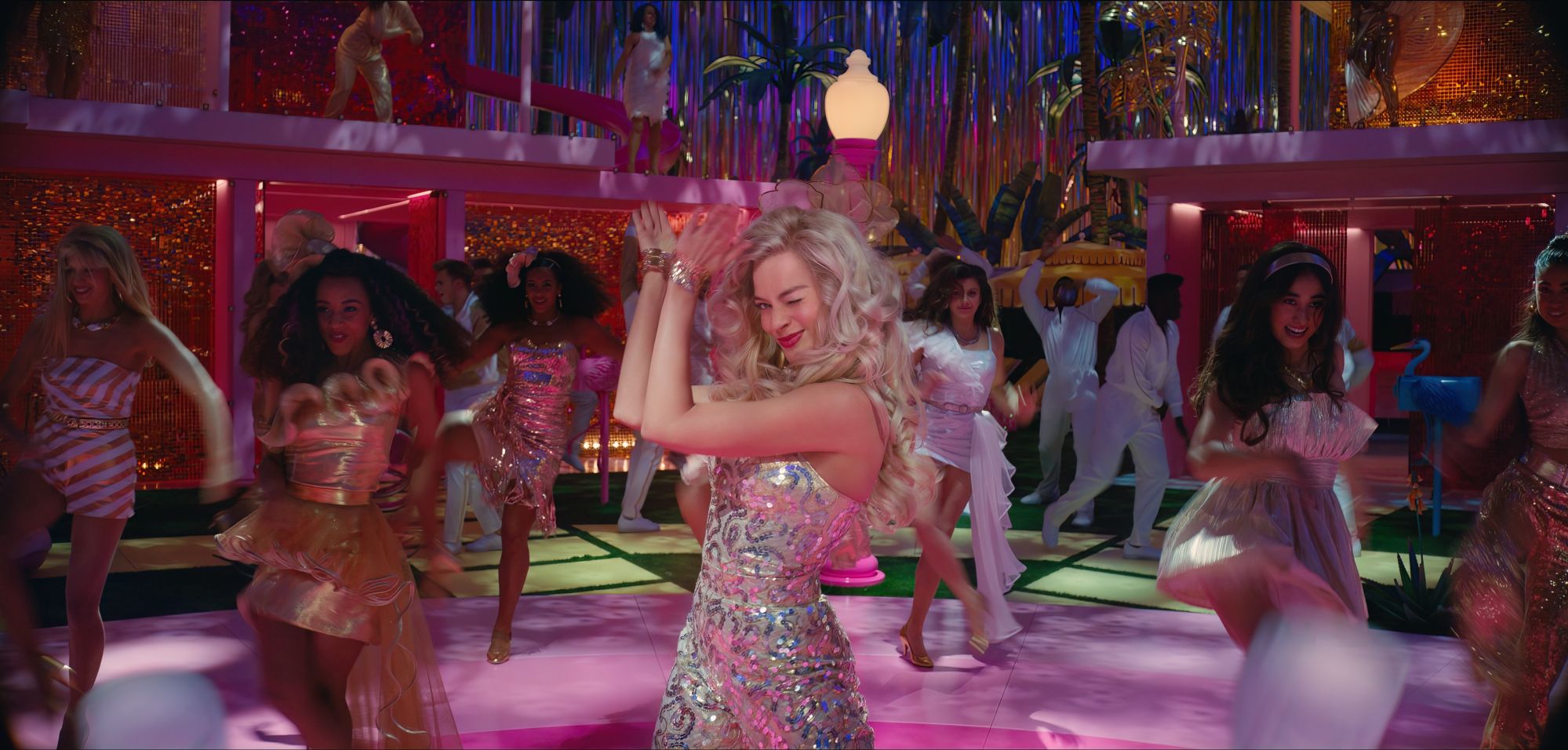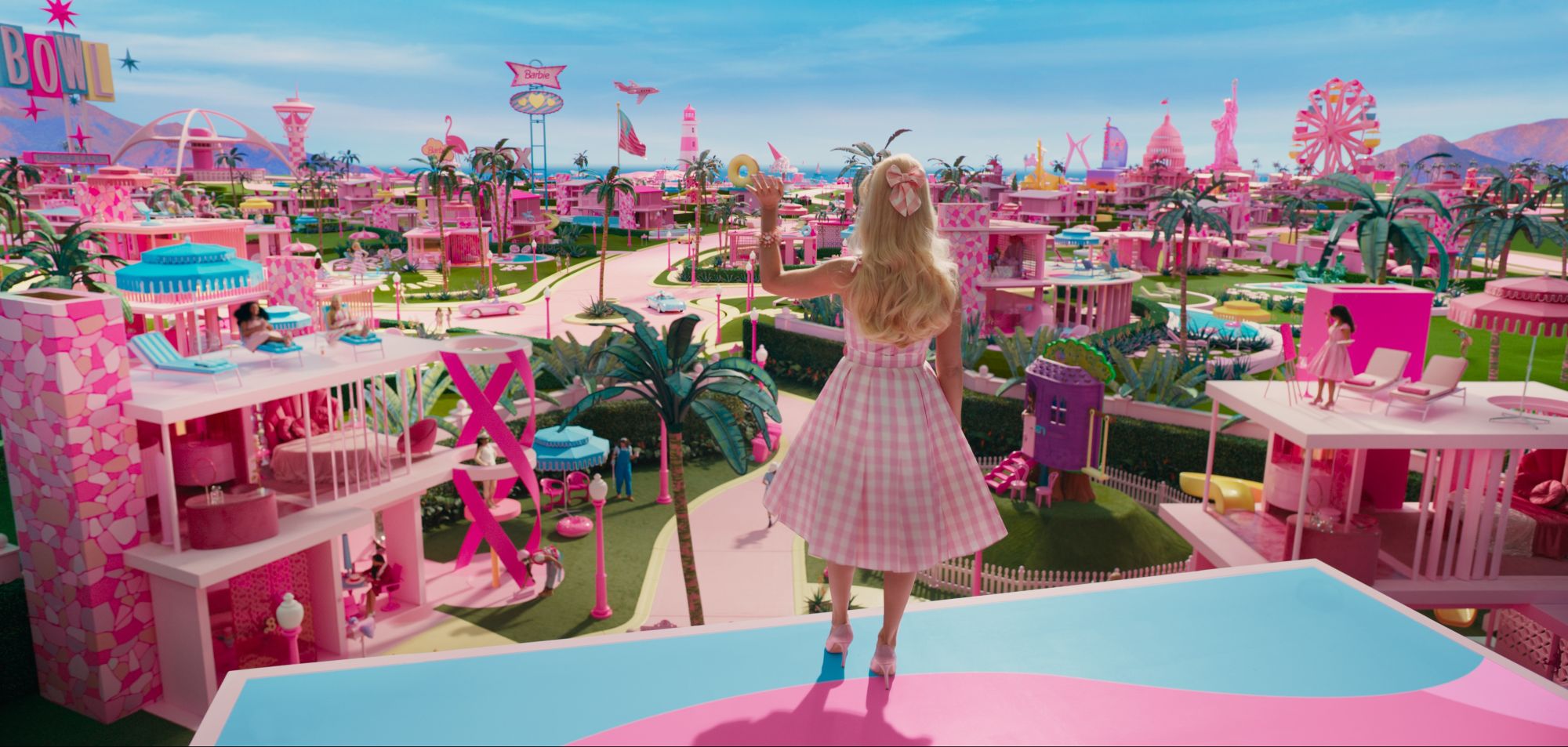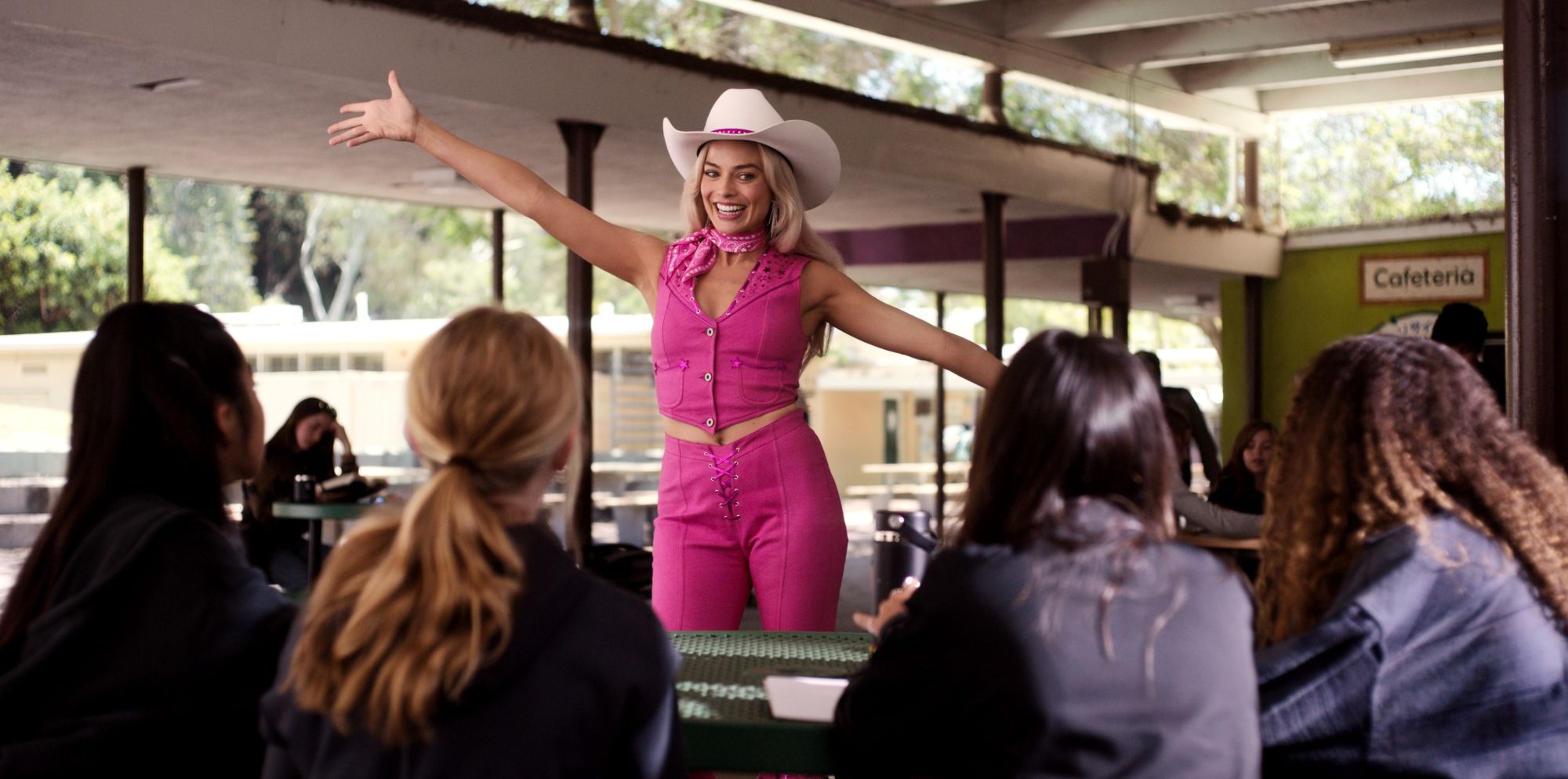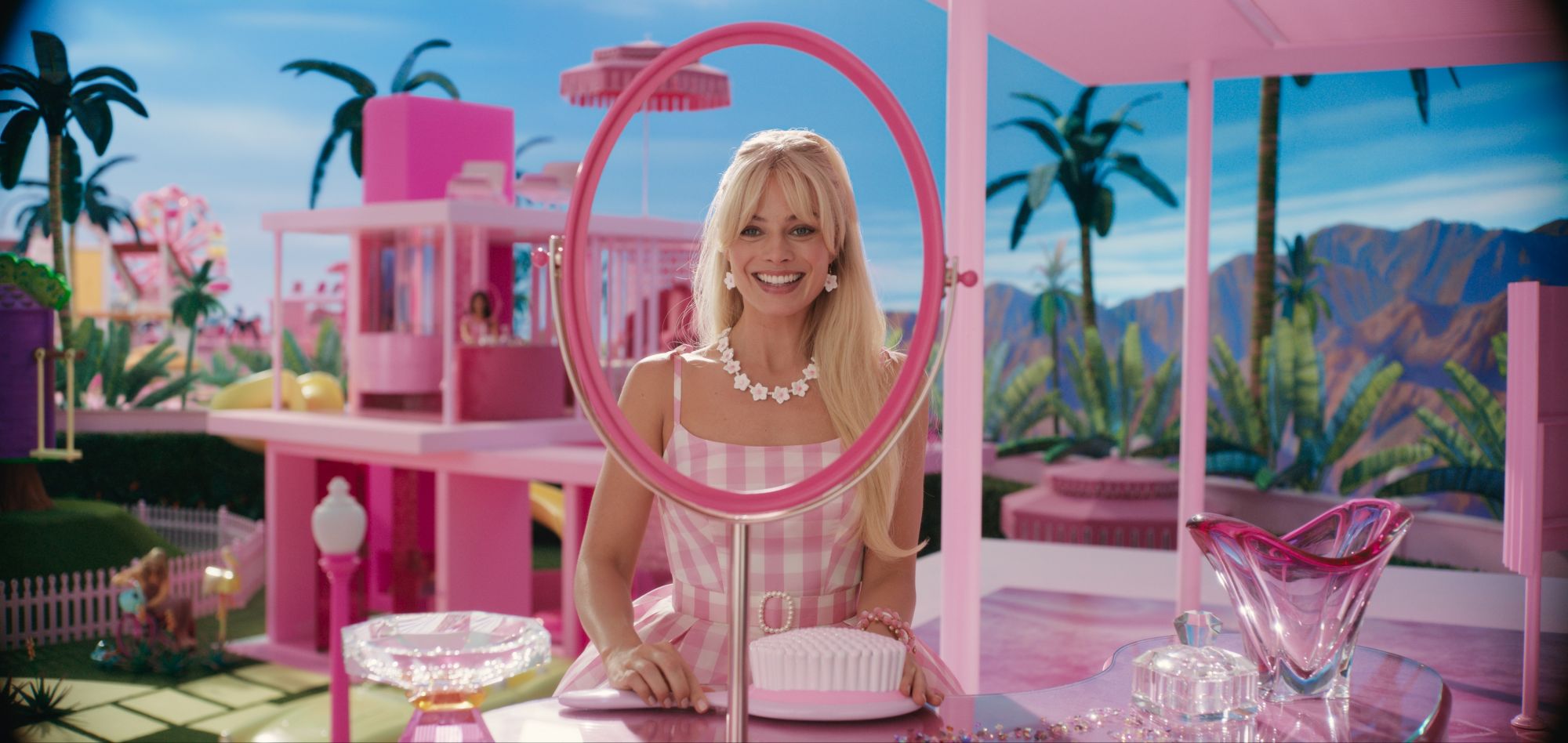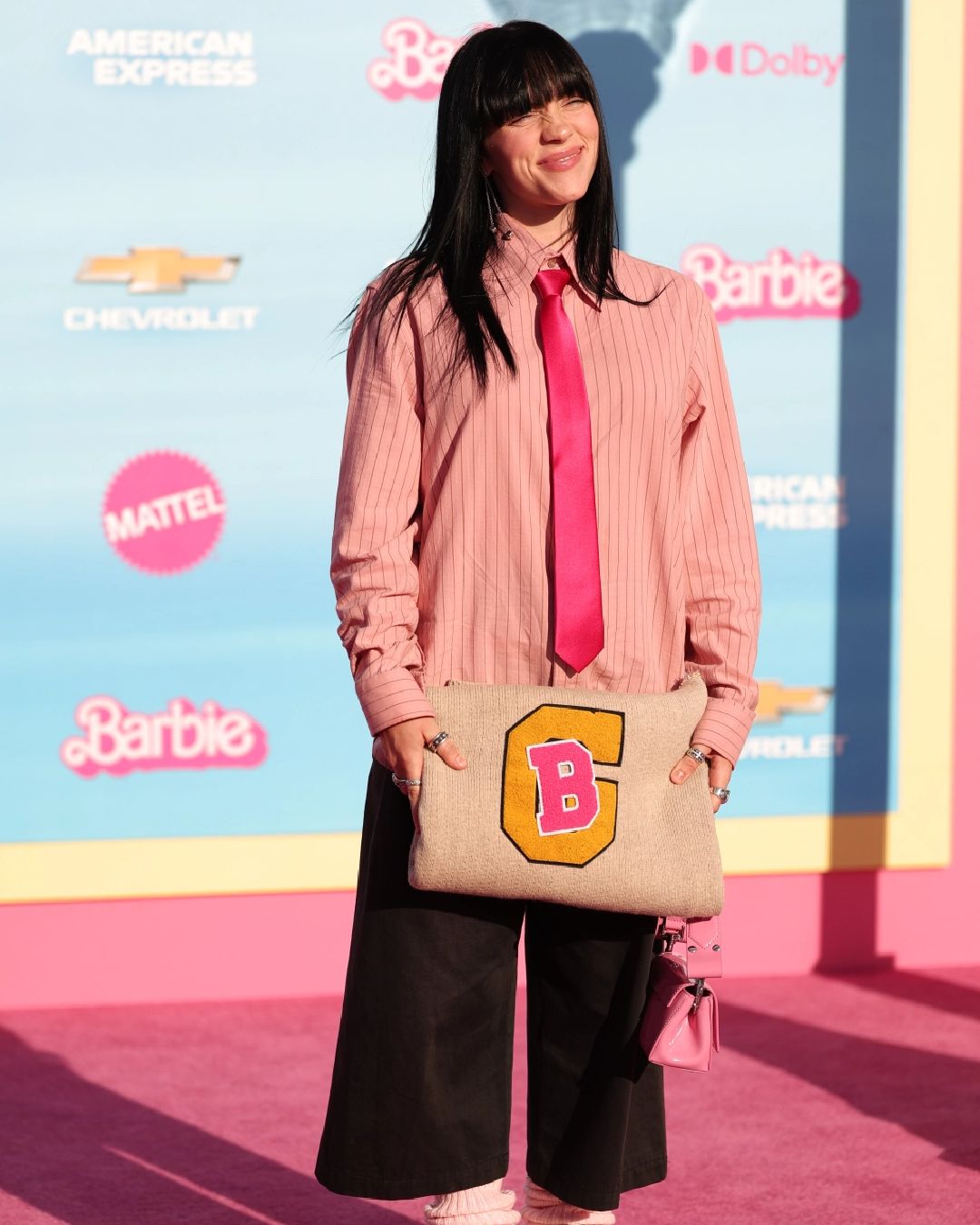
Why What Was I Made For by Billie Elish is more relevant than ever An existential crisis in Barbie pink
Can a song be able to sum up the etymological meaning of a film? Its artistic purpose, its function in contemporary culture? Ever since the first exclusive images of the Barbie project came out, created under the directorial vision of Greta Gerwig and screenwriter/director Noah Baumbach, we have been enraptured by the film's eccentric aesthetics, its pink and all its declinations, the phantasmagorical set design, as well as the lineup of artists (Dua Lipa, Billie Eilish, Sam Smith, Nicki Minaj, Lizzo, Charlie XCX, Tame Impala) that would take part in the original soundtrack under the lens of pop wizard Mark Ronson. How do you represent a conventional icon of femininity in 2023? How do you make her feel relevant to the dogmas of contemporary society? The songs seem to represent the real driving force of the film, the real bearers of meaning that are deliberately ironic and introspective, making the veil of reality that Gerwig actually wants to show fall away.
As Ronson himself told The TIME, the director showed the performers about 20 minutes of the film to give them an idea of the tone and narrative she was aiming for, and asked each of them where they imagined their song would fit into the unfolding of the story. «When she started talking to the musicians, she realised early on that each of them had had a significant relationship with the iconoclastic doll figure. I thought everyone was here because Greta Gerwig was making this fantastic film, and because of the hype caused around it,» Ronson tells The TIME. «But I saw that in addition to the director's reputation, the figure of Barbie herself was a crucial source of attraction. This film was really important to a lot of people.» The soundtrack is undoubtedly one of the most significant elements in the hands of Greta Gerwig, who meticulously matched certain sequences to the multiple musical cues offered by the artists involved, giving a unique sound to her intimate and cinematic vision of such an iconic figure as Barbie. The songs mirror the images almost exactly, the hidden emotions of the plastic-made protagonists, conforming like an ante-litteram musical, with the music becoming more than just accompaniment, but an instrument aimed at reinforcing what the audience sees and experiences, to the point of becoming its main voice, the message to be communicated.
when that flashback scene + Billie Eilish' "What Was I Made For?" starts playing #Barbie pic.twitter.com/Xpna5iptpP
— P is never getting over Barbie (@avengersxwanda) July 21, 2023
Despite the fact that Ronson's work has focused on narrating the different voices of Barbie Land, in the various versions of the iconic doll that we could almost compare to the multitude of musicians involved, it is precisely through a single song composed and produced by Billie Eilish with her brother Finneas that the apparently hidden purpose that Gerwig and Bambauch have set for their representation of Barbie seems to be encapsulated. What Was I Made For?, which Gerwig places perfectly during the film's climax moment, questions the meaning of creation in relation to the world one inhabits, the purpose to which one should be appointed. The journey that Barbie must undertake, in returning to her stereotyped form, allows her to question the meaning of her creation, the formative purpose she supposedly represented for a multitude of generations. But having arrived in reality, she realises that she does not fully understand the reason for her very existence. If in the current world women almost denigrate her image, a classic stereotype of beauty, to the point of considering her as one of the causes of a world ruled by men, what is the reason for her creation?
As Eilish's song goes, from there on Barbie begins to float in a double reality, represented by both Barbie Land and the real world, in which she no longer feels faithfully and emotionally represented. The world's most famous doll questions her essence, the perception of death, of leaving something to humanity to come; what was I created for? «I was such a living ideal but now I feel I am no longer real, just something to be bought.» In a confrontation with her late creator, Ruth Handler, about her identity crisis, Handler tells Barbie that she was created precisely to be whatever she wanted to be, a concept in which every little girl could enclose her dreams. So the purpose is not to be found in the motivations for which one is created, but in what one actually wants to be, in the possibility of being whatever one wants to be, as Eilish's song states. Because in life we are defined by what we do, who we connect with, but fundamentally we also exist in our solitude, in not knowing what our future will be, in the fascination of the unknown, and above all, as Gerwig analyses through the story of Barbie, for the affirmation of female identity. «Barbie represents a 'reflection of American popular cultural values and notions of femininity. Throughout its 64-year history, the doll's evolution has reflected the often contradictory needs and ideals placed upon women.»
The song thus textually conceived also seems to fit perfectly with Ken's evolutionary path, metaphorically caged in his incipit 'just Ken', almost as an accessory to Barbie herself, finding the strength to accept himself for the first time through his single image, to feel represented apart from Barbie from whom he seeks constant validation and attention and which mistakenly, as lecturer Harriet Fletcher analyses in The Conversation, leads him to believe that his own rights are eclipsed by those of women and he finds himself conforming to toxic male stereotypes in order to regain a sense of control. As seen, the songs determine the rhythm of the narrative, the evolutionary fulcrum of the story, allowing Gerwig to conceive a film that breaks away from the iconic figure of Barbie to deal fundamentally with us, our society through the figure of the most iconic doll ever. The songs become the meta-textual end to accentuate the spectacular dimension of the story, which is combined with the weaknesses and iconicity of a figure that has always been discussed and narrated. Because fundamentally we all ask ourselves «What Was I Made For?»










































